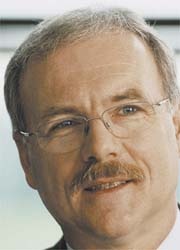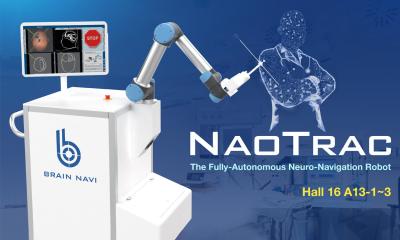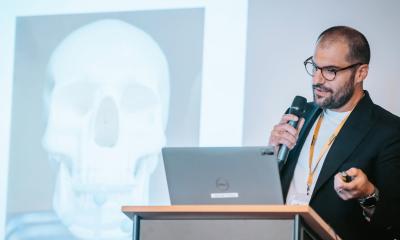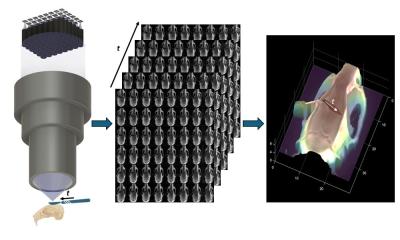Sound philosophy leads to quality led lighting
Formerly integrated with the electronics/medical division of ...

Formerly integrated with the electronics/medical division of Trumpf GmbH + Co KG, the medical technology sector has now been made a separate business segment, led by Managing Director Harald Völker. ‘Continuing as head of this sector was important to me,’ he explained in our interview. ‘I had overseen it since it first became part of Trumpf. Years ago I worked in our subsidiary Hüttinger Elektronik in Freiburg. This also owned a small medical technology firm in Umkirch. We extended the range of Hüttinger’s activities in medical technology through Trumpf Medical Systems (formerly Blancomed) in Saalfeld, and Trumpf Kreuzer Medical Systems (formerly Kreuzer), in Puchheim, near Munich.’
With the re-definition of this business division, the previous managing director, Dr Simone Rehm, returned to Trumpf’s head office in Ditzingen. ‘She did a great job in helping us through a somewhat difficult period and ensuring that the company is now back on track and growing,’ Harald Völker said, adding that efficiency has increased significantly.
In the changeover, very few jobs had to be cut. Staff changes included the appointment of Dr Kordt Griepenkerl, from Trumpf Kreuzer, to the management team, as well as the assignment of an experienced production head, from the Trumpf group, ‘to further improve production’. In the last financial year, 2004-5 the firm’s productivity was turned into profit. ‘We also extended our distribution efforts, particularly abroad, and increased our marketing,’ Harald Völker pointed out.
Today we have a complete and outstanding range of products. This is where the synergies with the Trumpf group came into their own. The group worked with machine tools and lasers initially and had little involvement with ceiling mounts or workstations in hospitals. The synergies lay in production, through procedures and processes. We have developed an entirely different manufacturing set-up - since the end of 2005 we have worked with a production line system rather than a stationary system. For example, stands had been fixed to the ceiling, in one place, and all the materials where brought there. This was too unstructured, complex and also inefficient, because the materials supply process was not transparent. We had storage facilities here, storage facilities there. Today our production line is much like those in the car industry - we don’t bring materials to the stand, we take the stand to the materials. We have fixed assembly positions where certain parts are added. The stand moves on a rail along the ceiling, from stop to stop, and is assembled along the way. There are clearly defined production steps, which make the supply of tools, materials and workers far simpler. Logically, this leads to increased effectiveness and efficiency, lowers costs and allows us to produce more items in limited space.’
Who oversees that process?
‘We do. The method is taught in Ditzingen. A group there introduces the procedures to our subsidiaries and provides initial coaching. However, responsibility eventually falls on those in charge of production - plant managers or production unit managers. We talk about production units, because these are relatively self-sufficient. Each unit is responsible for itself, and its quality, and must ensure that the materials are well managed.
This kind of process planning is not demanded as much in Europe as it is in the USA - as yet - he pointed out. ‘Nonetheless, we have a group of medical technology specialists who have the know-how to serve the customers who want it. That’s the essential part; we can integrate our products into all kinds of processes; we look at how the system we deliver to a hospital can be integrated into its workflow from a processing point of view. Then we look “backwards”, at what the user really needs and how to link things. How can the system be combined with transport equipment? How can it be combined with imaging procedures? That’s an area for which we supply very creative and innovative solutions.’
Trumpf’s most important market in Europe has long been Germany, but, he pointed out, that has shown a downward trend. Other Western European markets include Italy, France and the United Kingdom. ‘It differs from product group to product group,’ he explained. ‘In Eastern Europe growth rates are high, but of course they have to be able to pay for the products - and appreciate their value. Trumpf products do not sell on price alone. We see ourselves as premium manufacturers; we sell added value. Initially, Trumpf’s prerequisites are profit and a good corporate culture, then growth through innovation and quality leadership - something we are particularly keen to achieve in medical technology - and that’s why we began our latest, innovative development with LED surgical lights.
Details & products: www.trumpf.com
01.03.2006











